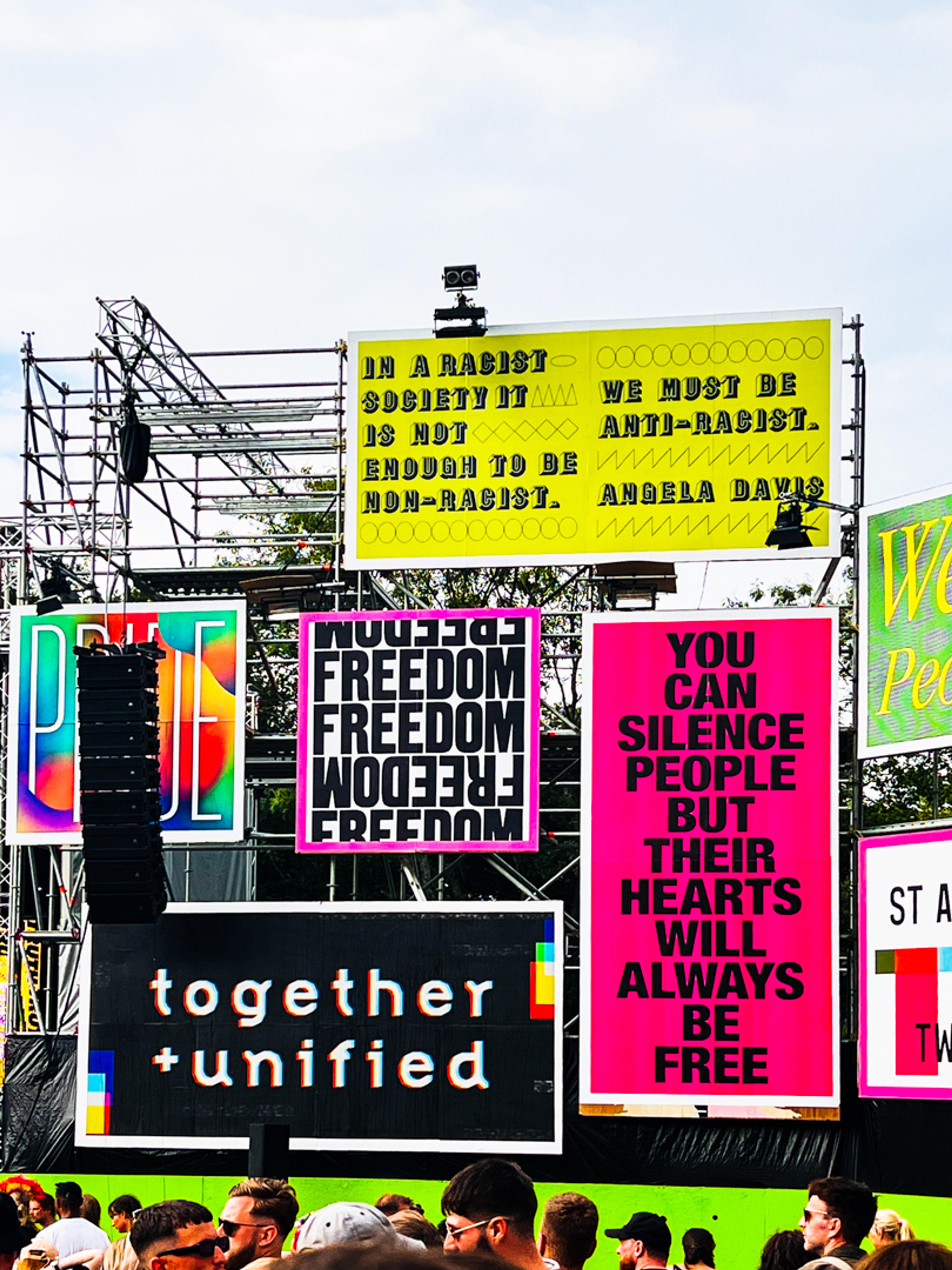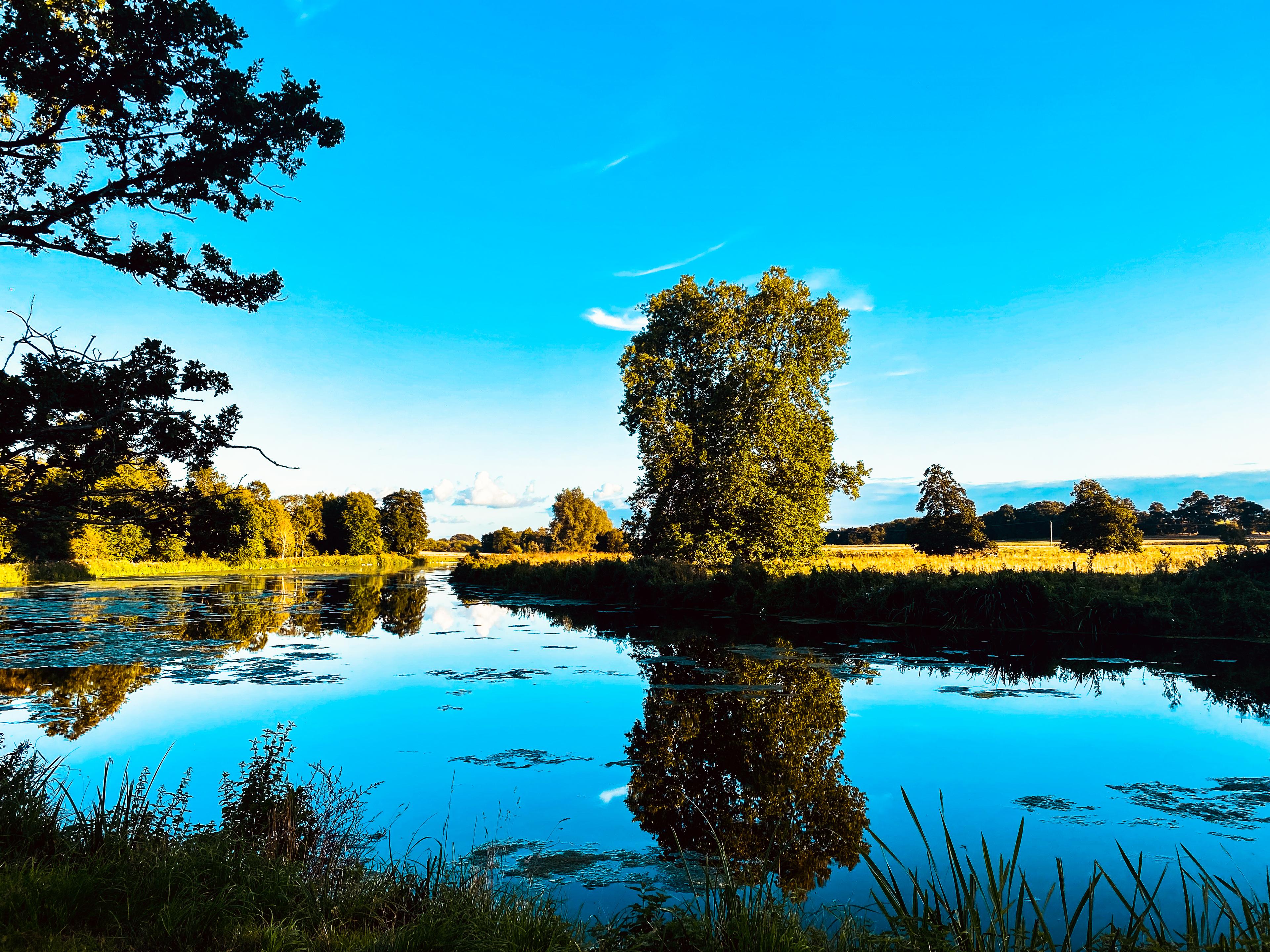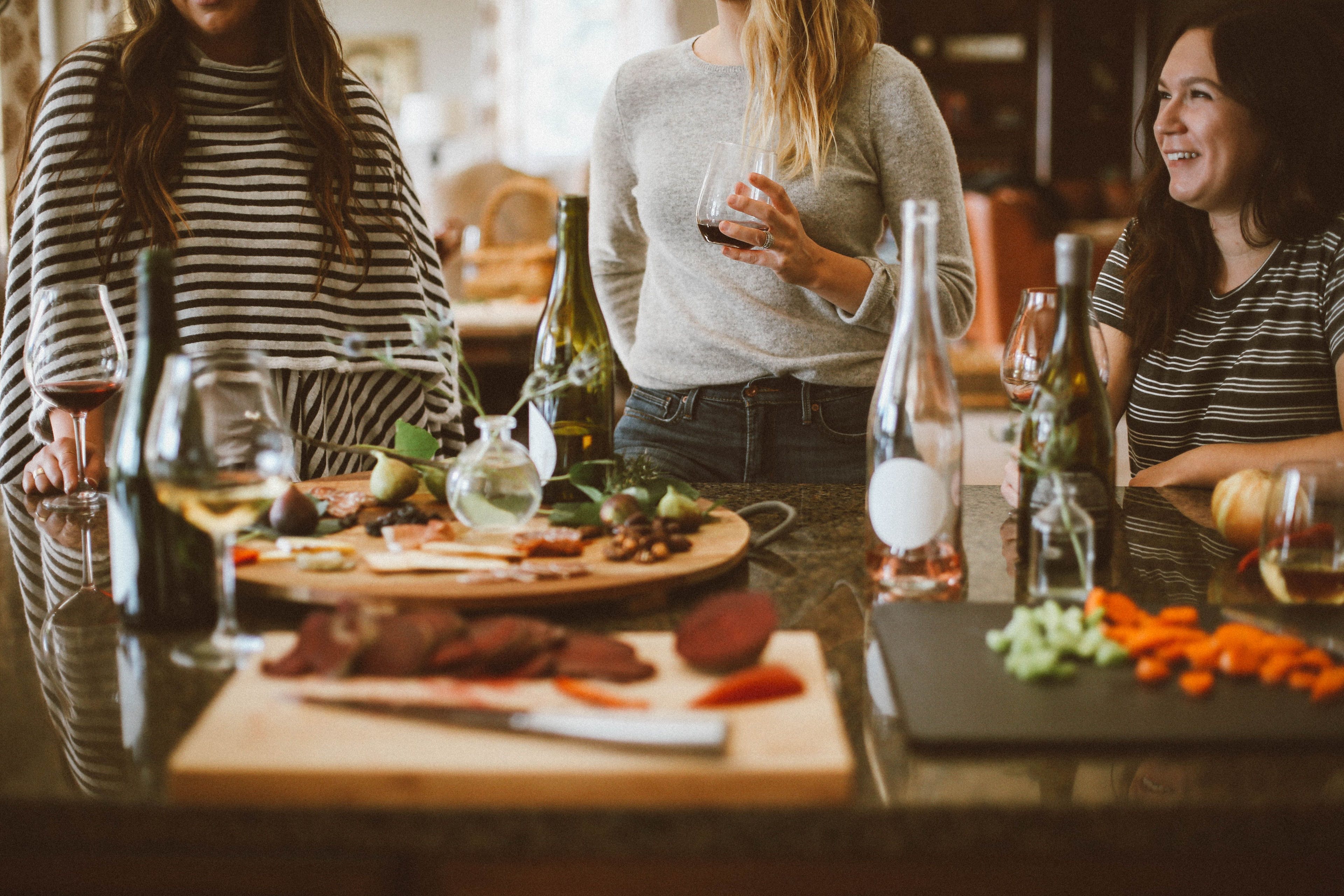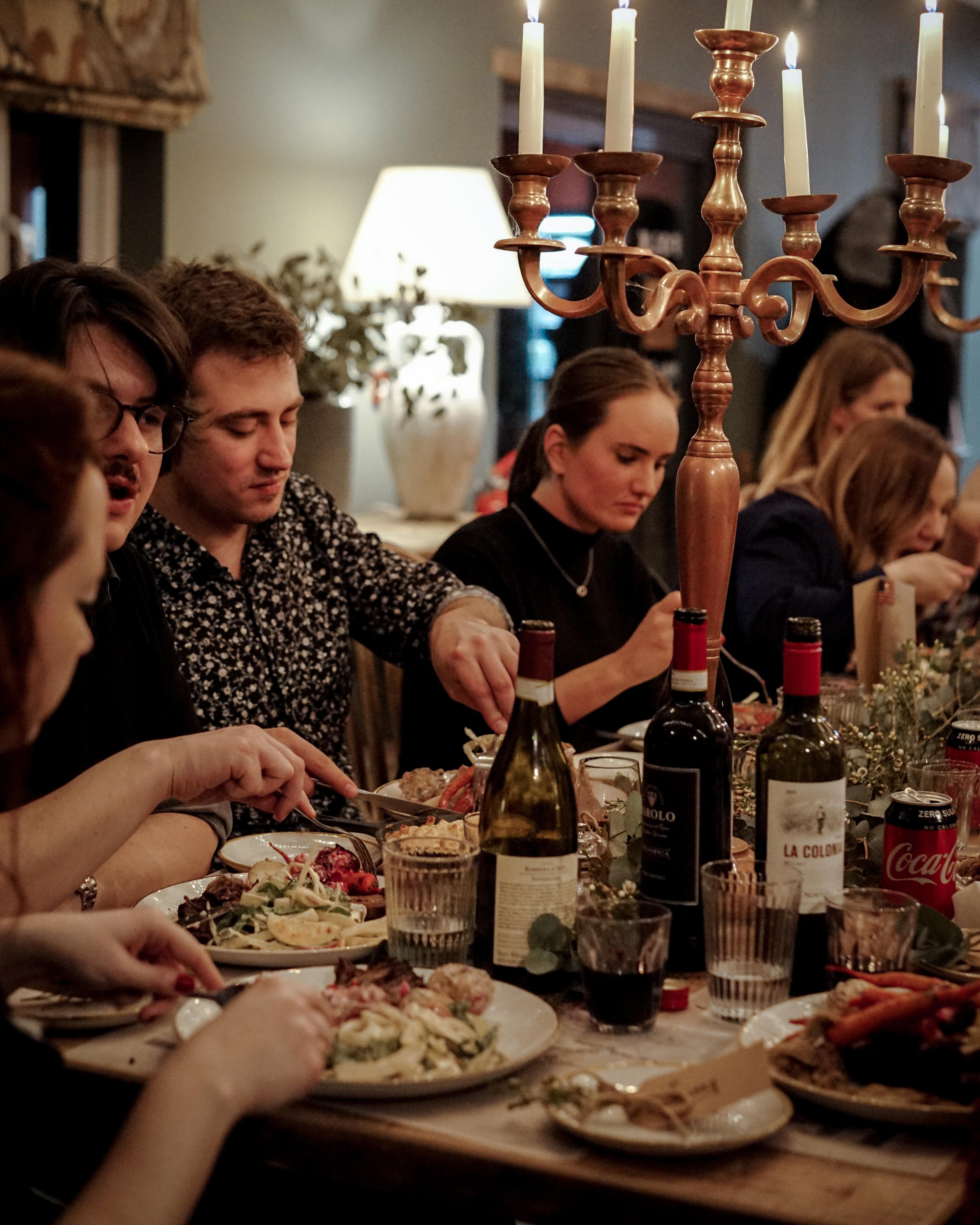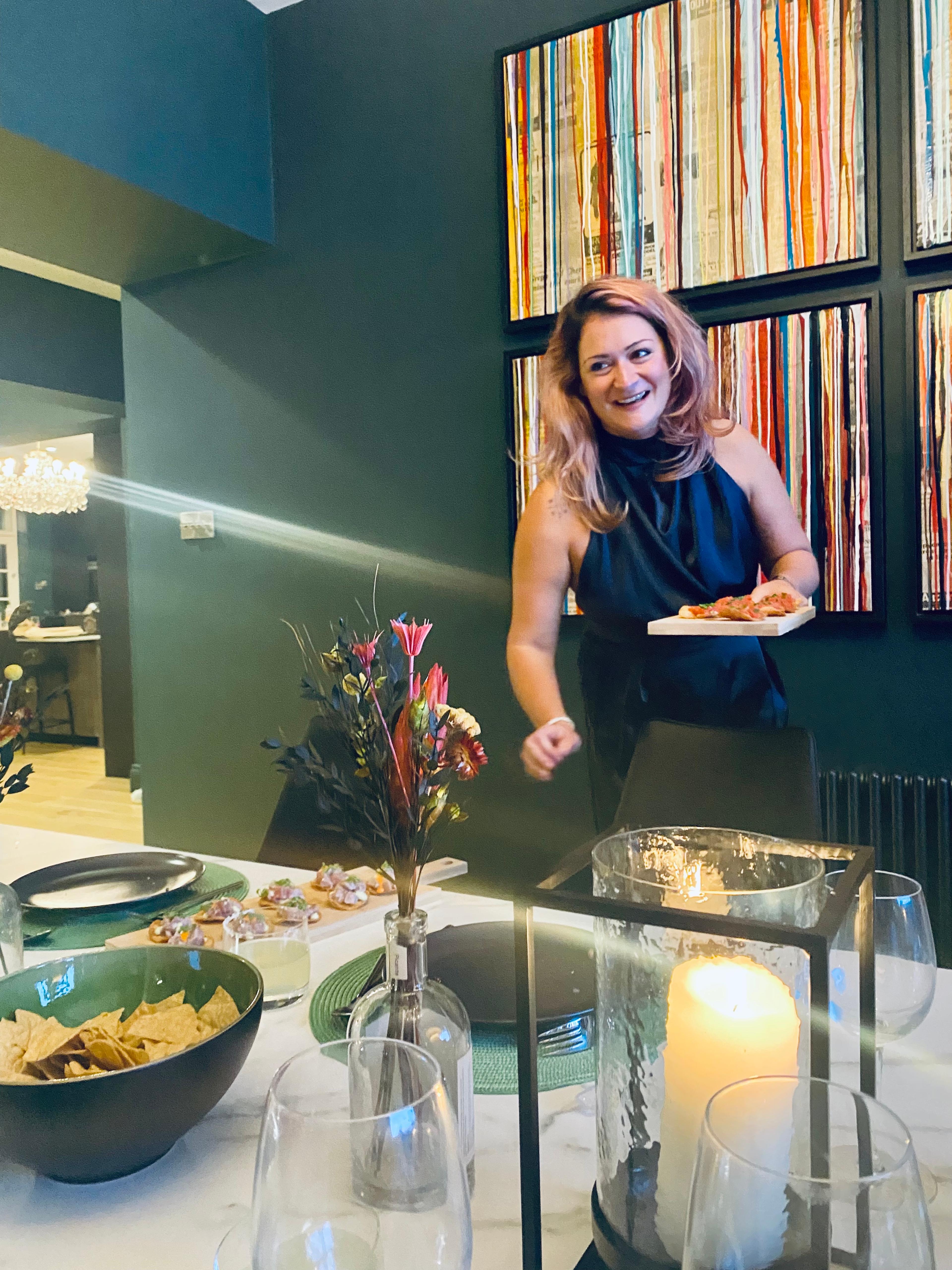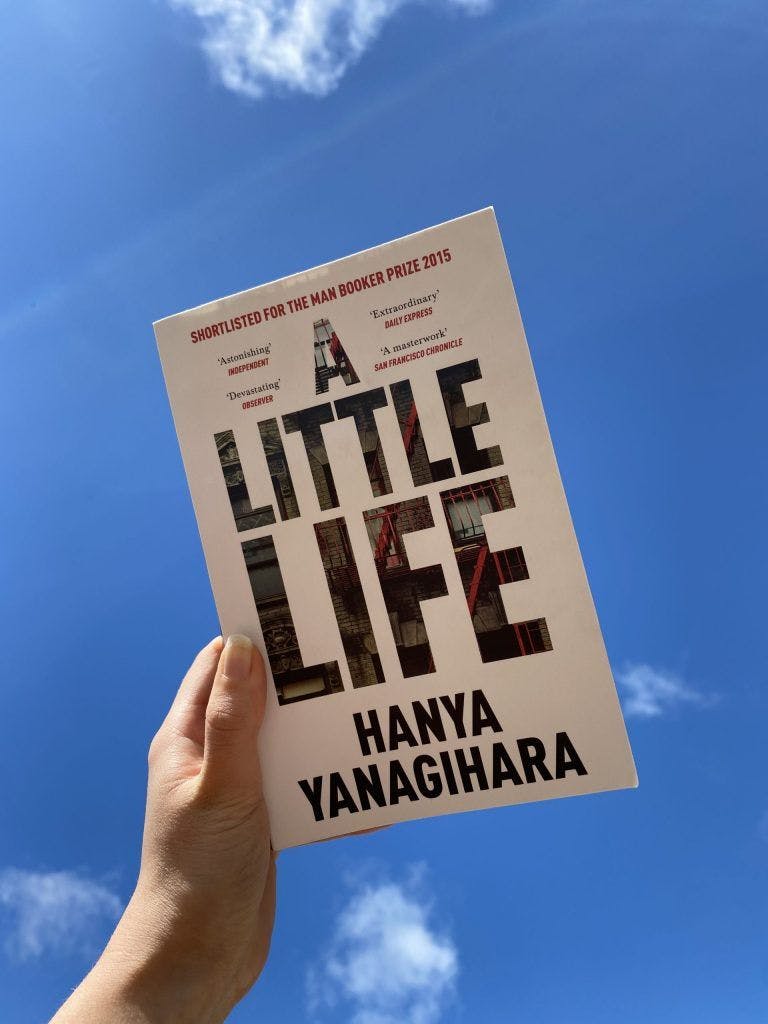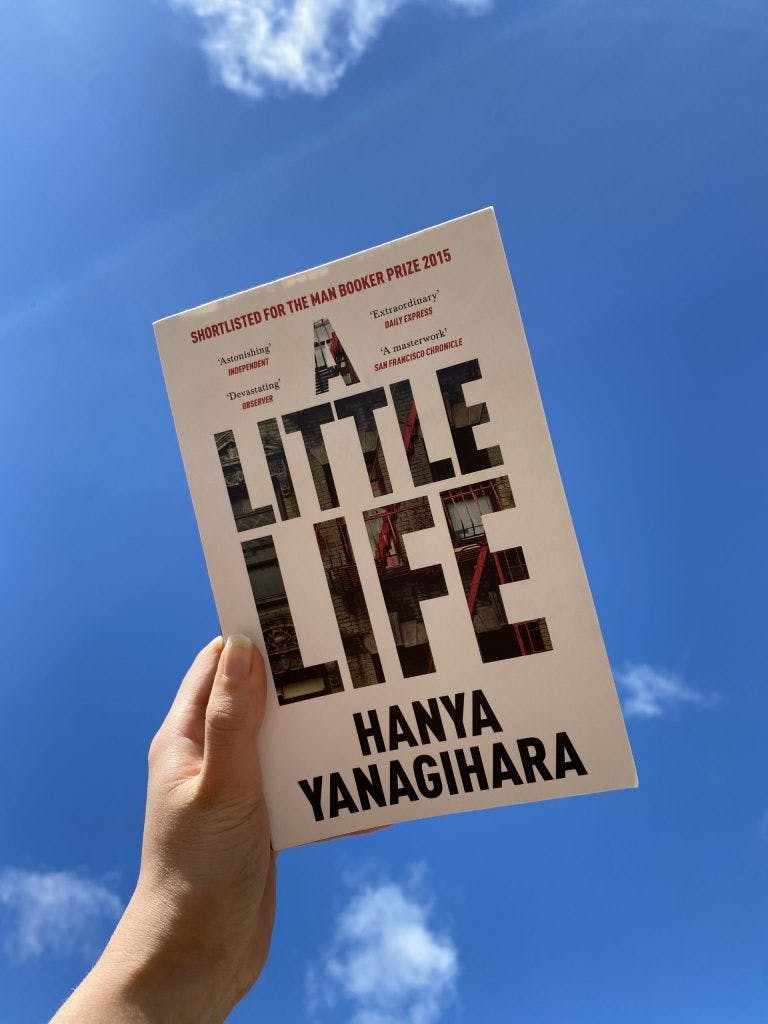The federal appeals court is a complex and daunting arena for legal professionals. Navigating the intricate web of appeals requirements, understanding the intricacies of case law, and having the ability to think quickly and decisively in order to come up with the best arguments for your case can make the difference between success and failure. Many attorneys and legal professionals may find themselves overwhelmed by the numerous challenges that the federal appeals court presents. With that in mind, it is important to have a solid understanding of the strategies, tactics, and legal principles needed to succeed in the federal appeals court. In this blog post, we will explore some of the expert strategies and tips that experienced legal professionals use to win in the federal appeals court. From hiring expert federal appeals lawyers to careful case management, these strategies can help you build a solid foundation for success. We will also discuss how to create an effective strategy that will help your case stand out from the competition. With this information in hand, you can be more confident when it comes time to present your case before the court.
1. Hire an experienced appeals attorney
An experienced appeals attorney can provide invaluable advice about the structure of the court, the timelines for filing briefs and other documents, as well as the formalities of the court. An experienced appeals attorney also understands the nuances of the appellate process and will be better able to present your case effectively and efficiently. Having an experienced appeals attorney on your side can be the difference between success and failure in the appeals court. With their expertise, you are increasing your chance of getting the upper hand in the final outcome of your case.
2. Understand the appeals process
It is important to understand the appeals process when arguing your case in the Federal Appeals Court. Knowing the timeline and requirements of the process is essential to achieving success. The appeals process begins with the filing of a notice of appeal within 30 days of the district court’s judgment or order. Once the notice of appeal is filed, the appellate court will then consider the legal issues raised by the appellant and enter a ruling. Appellants should also be aware of the timelines for filing briefs and any additional documents, as well as the potential for oral arguments and en banc review. Understanding the appeals process is key to winning in the Federal Appeals Court.
3. Build a strong legal strategy
An effective legal strategy is essential to success in the federal appeals court. To build a strong legal strategy, you should first have a clear understanding of the relevant law and how it impacts the case. Use legal research tools to trace the history of the law and any recent changes. Then, evaluate the merits of the case and the likelihood of success on appeal. If necessary, consult with an experienced appeals attorney to develop a strategy that is appropriate for the unique facts of the case. Once you have developed an appropriate strategy, be sure to thoroughly document your reasoning. This will help you explain your legal strategy to the court and bolster your credibility as an expert.
4. Analyze the facts of the case
Next, it is important to analyze the facts of the case. In order to make an effective argument, it is necessary to understand the facts of the case and how the lower court decided. Careful analysis of the facts is essential for determining the applicable law and how it should be applied to the case. This step will also help you identify the applicable legal theories, arguments, and evidence that will be relevant to the appeal. Finally, it is important to consider the larger context of the case, including the facts and legal arguments of the other side, as well as any relevant precedent from other cases.
5. Consider the likelihood of success
Before heading into the federal appeals court, it is important to consider the likelihood of success. An attorney should review the facts of the case and the applicable law to determine the chances of winning the appeal. Researching past decisions from the court regarding similar issues is also a good way to gain insight into the court’s likely reaction to your case. Additionally, an attorney should consult with experts in the field of law to further understand the chances of success. Finally, attorneys should take into account the complexity of the law and the strength of their argument in order to accurately gauge their chances of success in the appeals court.
6. Prepare concise, persuasive briefs
In order to win a case in the federal appeals court, it is important to present a persuasive brief. The brief should be concise, clear, and persuasive. It should explain the facts of the case, the legal issues at hand, and the arguments in support of one’s position. The brief should follow a logical structure, beginning with a succinct introduction, followed by a well-crafted argument section and a conclusion. It should also provide citations to relevant case law and legal authority. Finally, the brief should be organized and free of errors, ensuring that it is well-structured and easy to read. With the help of an experienced attorney, one can craft a persuasive and compelling brief that will give them the best possible chance of success in the federal appeals court.
7. Present compelling oral arguments
One of the most important strategies for winning in the federal appeals court is to present compelling oral arguments. The attorney’s job is to explain a case in a way that is persuasive and logical. To do this effectively, the attorney should be well-prepared, confident, and on-point when delivering the argument. The attorney should also be aware of the facts of the case and make sure to cover all relevant points. Additionally, the attorney should be aware of any potential weaknesses in the case and be prepared to address those. The attorney should also be aware of the judge’s perspective and adjust the argument accordingly. Finally, the attorney should use language that is clear, concise, and easy to understand. If done correctly, a compelling oral argument can make the difference between winning and losing in the federal appeals court.
8. File timely motions
To succeed in the federal appeals court, filing timely motions is a critical component of any winning strategy. With the right approach, you can increase your chances of making a persuasive argument that will be heard by the court. Timely filing is essential since the court has strict deadlines for filing documents and motions. Attorneys must be mindful of these deadlines and file any necessary motions promptly in order to increase their chances of success. When filing motions, attorneys should also ensure that the motions include all the necessary facts and arguments to make a persuasive case. This is especially true for motions to stay proceedings or vacate judgments, which can be difficult to obtain without a solid legal foundation.
9. Utilize the rules of evidence
Winning a case in the federal appeals court requires a deep understanding of the rules of evidence – a strategy that can make all the difference in your success. Evidence is often the deciding factor in appellate court rulings, so it is essential to make sure that any evidence presented is relevant and admissible. This includes ensuring that any evidence is obtained legally, that it is properly authenticated, and that it is adequately presented in court. Furthermore, you should also be aware of any applicable statutes of limitation or other legal restrictions that may apply to specific types of evidence. By understanding the rules of evidence and making sure that all evidence presented is accurate and admissible, you are setting yourself up for success in the federal appeals court.
10. Stay in communication with the court.
Stay in communication with the court. During the appeals process, it is essential to stay in contact with the court and provide updates on the status of the case. It is important to follow up in writing and to answer any questions raised by the court in a timely and professional manner. Furthermore, it is beneficial to keep an ongoing dialogue with the clerk of the court to ensure that the court is aware of any changes in the case that may require their attention. This communication can be key in ensuring that the court is aware of any developments in the case, allowing them to make a more informed decision when the time comes to issue a ruling.
In conclusion, the Federal Appeals Court can be a daunting place to fight your case. However, understanding and utilizing the strategies discussed in this blog post can help you increase your chances of success. Preparing your case meticulously, researching the judges, and presenting a well-crafted and persuasive argument to the court are all essential elements of a successful appeal. With the right preparation and strategy, you can ensure that your case has the best chance at success.








